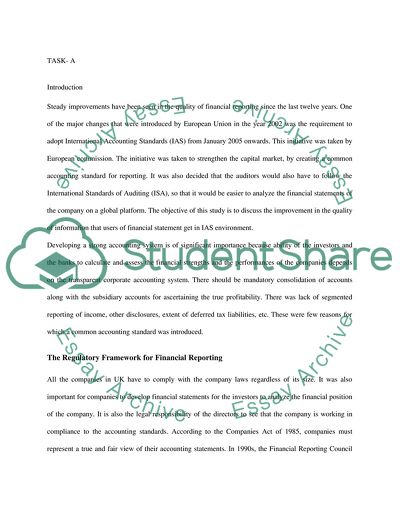Cite this document
(Financial Accounting Coursework Example | Topics and Well Written Essays - 2250 words - 1, n.d.)
Financial Accounting Coursework Example | Topics and Well Written Essays - 2250 words - 1. https://studentshare.org/finance-accounting/1780102-financial-accounting-coursework
Financial Accounting Coursework Example | Topics and Well Written Essays - 2250 words - 1. https://studentshare.org/finance-accounting/1780102-financial-accounting-coursework
(Financial Accounting Coursework Example | Topics and Well Written Essays - 2250 Words - 1)
Financial Accounting Coursework Example | Topics and Well Written Essays - 2250 Words - 1. https://studentshare.org/finance-accounting/1780102-financial-accounting-coursework.
Financial Accounting Coursework Example | Topics and Well Written Essays - 2250 Words - 1. https://studentshare.org/finance-accounting/1780102-financial-accounting-coursework.
“Financial Accounting Coursework Example | Topics and Well Written Essays - 2250 Words - 1”. https://studentshare.org/finance-accounting/1780102-financial-accounting-coursework.


